Breaking in Your New Car Tires
Over the years, we have sold a large quantity of tires to a variety of our customers. Most of them were quite happy with our services, while a small fraction of were not. It is perfectly normal as it is nearly impossible to keep all our customers happy. However, whenever a customer feels dissatisfied with our service, we try to resolve the issue as quickly as possible.
We conduct a root cause analysis of why the customer is not satisfied and try to ensure that the same mistake (if any on our part) does not happen again. Some of the complaints are genuine, while others are just a result of misunderstanding. One frequent complaint which we get from our customers is that their new tires are not performing as well as we said or advertised on our website.
Whenever we get a complaint like this, there are two likely scenarios that go through the mind of our customer service representatives. One is that the wrong tyres were delivered to the customer. It is a very unlikely scenario as much effort goes into ensuring that the order is as per the client’s requirements. The other scenario is that the customer is unaware that the tyres require a little breaking in.
Before you start scratching your heads and Google what breaking in means, just keep reading this article. In this article we will be discussing why some customers complain that their brand-new tires are not performing well. We will discuss the concept of breaking in your tires and a lot more.
Breaking in your Tires?
Do not start hammering your new tires just because we mentioned breaking. Breaking in your tires in no way means that you need to break off a piece or portion of your tire. Just like any new pair of shoes, tyres need a little breaking in period before they can perform at the optimal level. When they have been driven around a little, you will start to feel the traction and overall performance of the tyre improve considerably.
Why Do Tires Need a Breaking In?
There are multiple factors which are responsible for this. We are about to discuss the most common ones in this article.
- Lubricants
If you know the whole manufacturing process of a tire, you will know exactly what we mean. If not, then there is no cause for worry. When a new tire is manufactured, a release lubricant is added to remove the tire from the mould in which it is created. It requires some time to be removed completely. Until it is fully removed, you will be experiencing lose traction.
- Tread Depth
Maximum tread depth is observed when the tires are absolutely new and unused. Therefore, it feels as if there is a thick cushion between the tires and the road surface. It leads to squirm, which will be explained later.
- Antioxidants
Tires can be irreversibly damaged from a host of factors including the environment. For example, fluctuating temperatures and oxygen have a negative impact on the tyre and need to be protected from the external environment. Therefore, antioxidants are added. As a result of this, the tyres may feel slick.
Before we forget about squirm, it is best to discuss it now. It is the extra movement that most of us feel when we steer a vehicle with brand new tires installed. The extra movement is due to the flexibility in the rubber. The rubber we are referring to is the rubber between the surface of the tread and the tire’s carcass.
By now you would understand that a completely new tread is not really a good thing. The tread performs at the optimal level, only when it has been used a little. After a little use, it performs as expected. We have discussed all the necessary things. We know what breaking in means and why it is needed. Now we will discuss how to break in your new tires.
How to Break In?
According to experts and tire manufacturers, 800km worth of driving is enough to break in your new tires. Apart from this, they give various other suggestions as well.
One of the suggestions is to drive on dry roads. There is a valid reason for this. New tires do not offer optimal traction. Therefore, driving on wet roads increases the risk of hydroplaning. Hence, it is best to drive on dry roads and roughen up the tires a little. Another thing that experts recommend is to drive at slow speeds. The same rationale applies, i.e. new tires cannot handle high speeds. Therefore, stick to driving at low speeds.
Do not accelerate too sharply. Your new tires may not be able to handle properly, and you might risk losing control. Also, do not slam on the brakes suddenly. It is better to leave a good distance between your car and the car in front. The lubricants we talked about before are the reason that experts recommend against rapid acceleration and slamming the brakes.
Some drivers refit the vehicle with the same tires as before. They feel that they do not need to break in as they know how the tires handle. However, it is not the case. Older tyres would have very little tread depth when you chose to replace them. Tyres with low tread handle well as compared to a tyre with full depth tread. Therefore, breaking in is recommended no matter which tyre you buy.
What to do after Breaking In?
Once you are done with breaking in your new tyres, you must properly care for your tyres. For example, you need to ensure the correct air pressure and that the tread depth is sufficient for driving. Also, you need to ensure that the tyres are not suffering from any sort of damage. It will help prolong the life of your tyres.



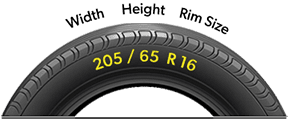



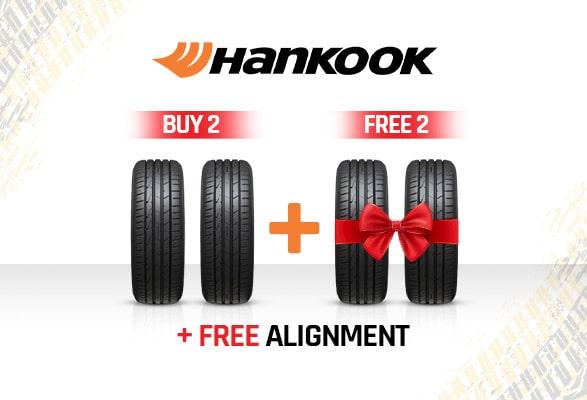


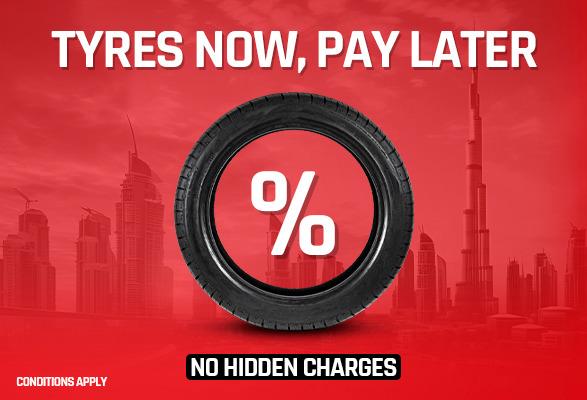







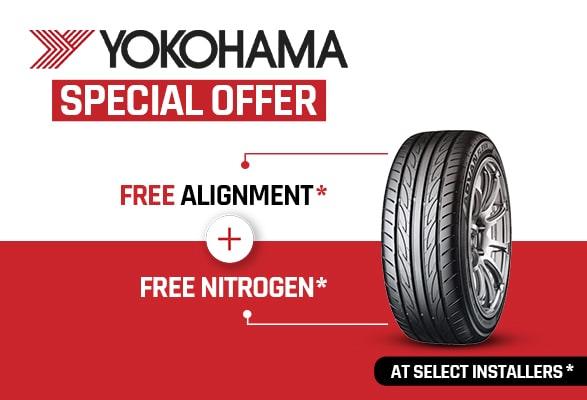
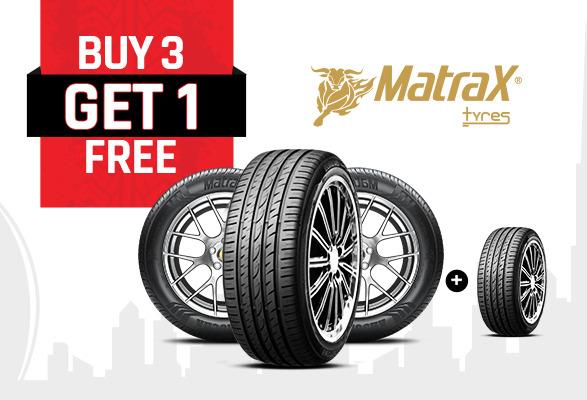























Conclusion
This concludes another article today. We are confident that it answers a lot of questions some of you might have. We are even more confident that people who have read this article will now not ask why their new tyres are not performing well. Nevertheless, PitStopArabia always prefers feedback from its customers. If you have any suggestions on how we can improve our services, please do share.